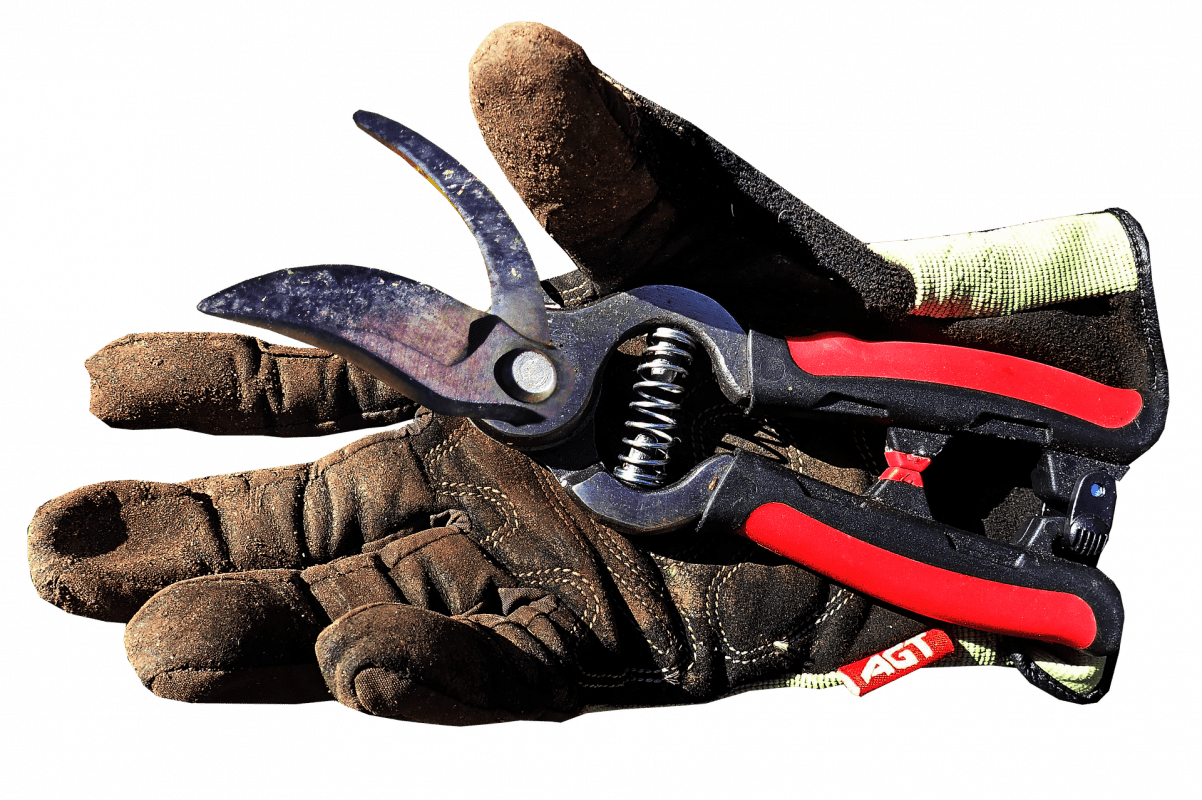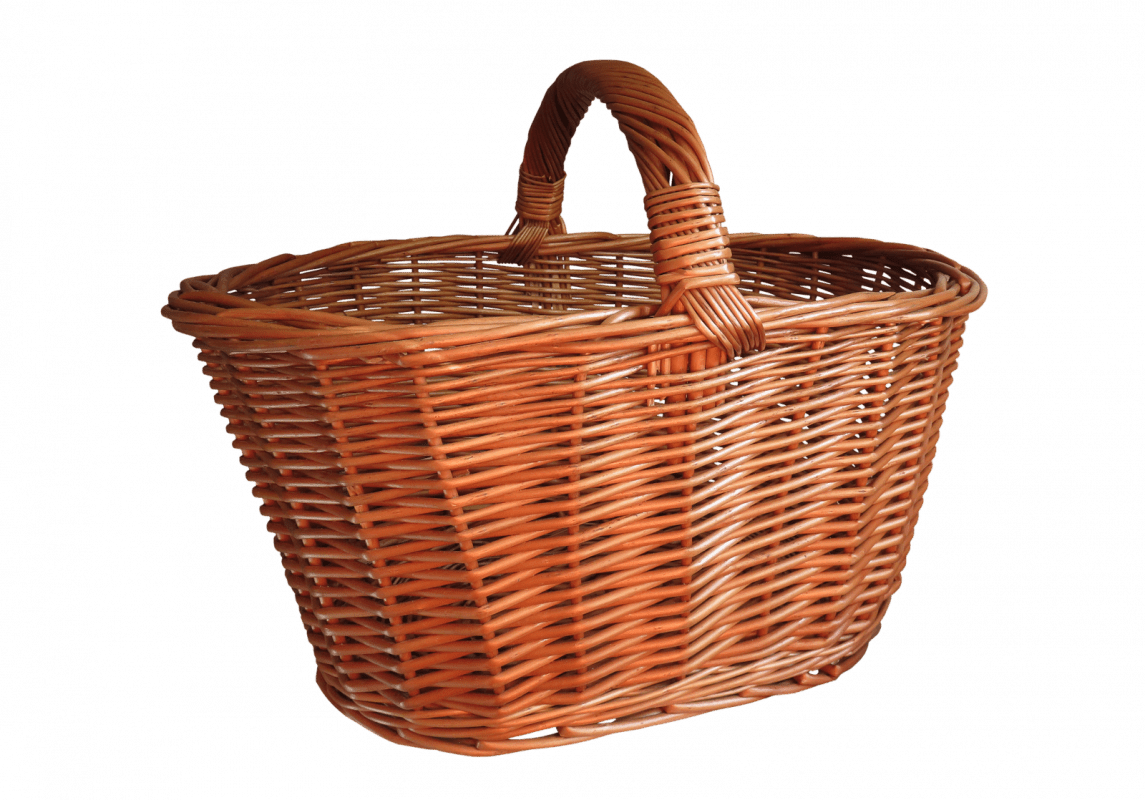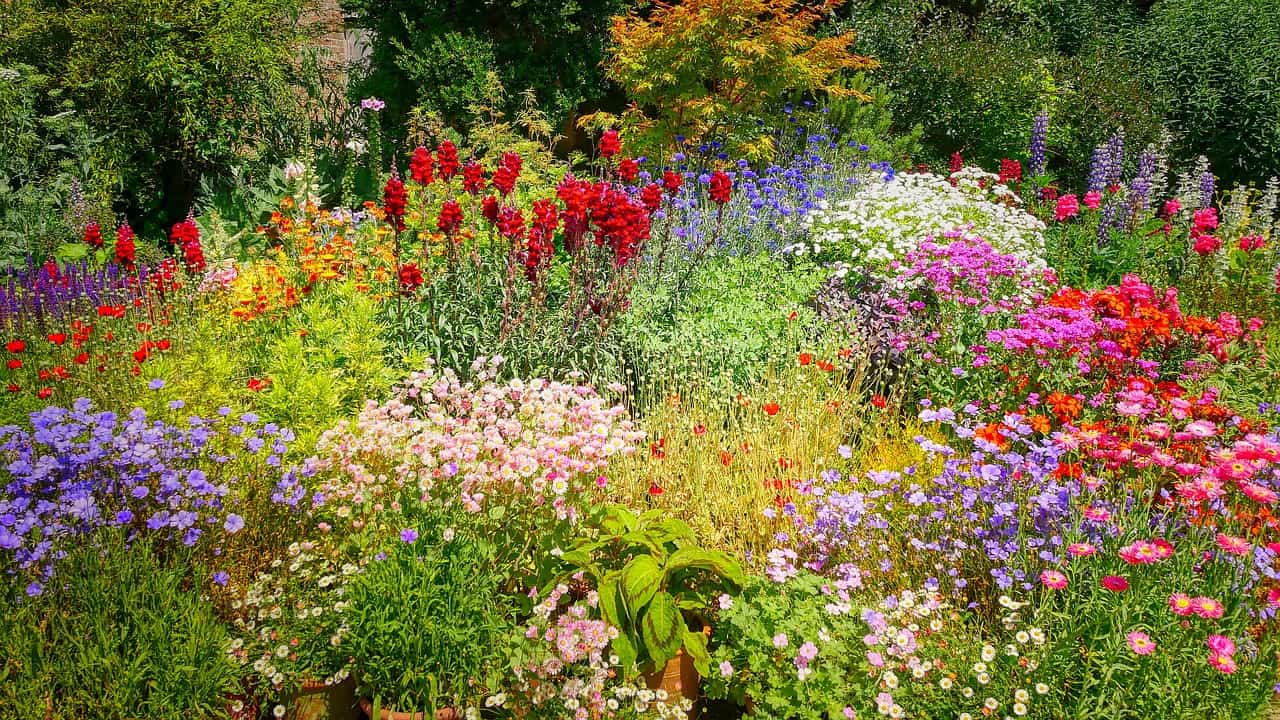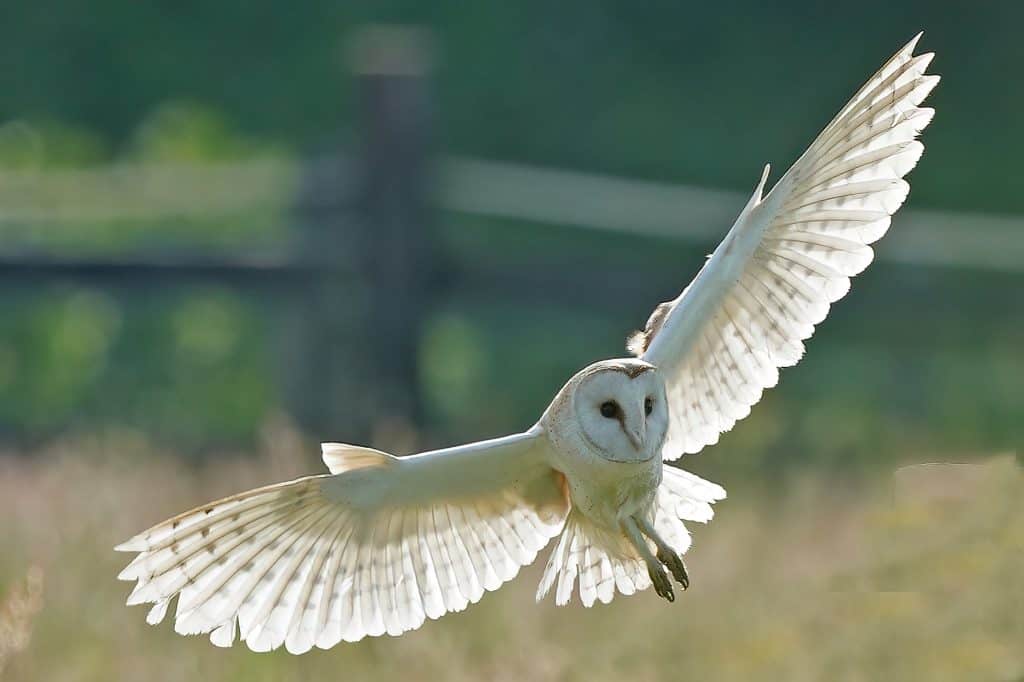Cuckoo
Cuculus canorus
RSPB Conservation Status – Red
Last seen –
The cuckoo is a bird that is well-known for its distinctive call, which is often associated with the arrival of spring.
It has a slim body, long tail, and pointed wings.
The male has a blue-grey head and back, while the female is brown with a heavily barred underside.
Both sexes have a distinctive curved beak and a long tail.
Cuckoos are found throughout the UK, but their population has declined significantly in recent years.
Facts
Population – 18,000 breeding pairs
Length – 32 – 34 cm
Wingspan – 55 – 65 cm
Weight – 105 – 150 g
Breeding
Cuckoos are brood parasites, which means that they lay their eggs in the nests of other bird species, such as meadow pipits and reed warblers.
The female cuckoo will lay a single egg in each nest, which hatches after around 12 days.
The cuckoo chick then pushes the other eggs or chicks out of the nest and is raised by the host parents, who feed it until it fledges at around 17-21 days old.
Habitat
Cuckoos breed in a variety of habitats, including woodland, heathland, moorland, and grassland.
They prefer areas with a mix of open ground and trees or bushes, where they can find both food and shelter.
Food
Cuckoos are insect-eaters, and their diet consists mainly of caterpillars, which they catch on the wing.
They will also feed on other insects, such as beetles and bugs.










